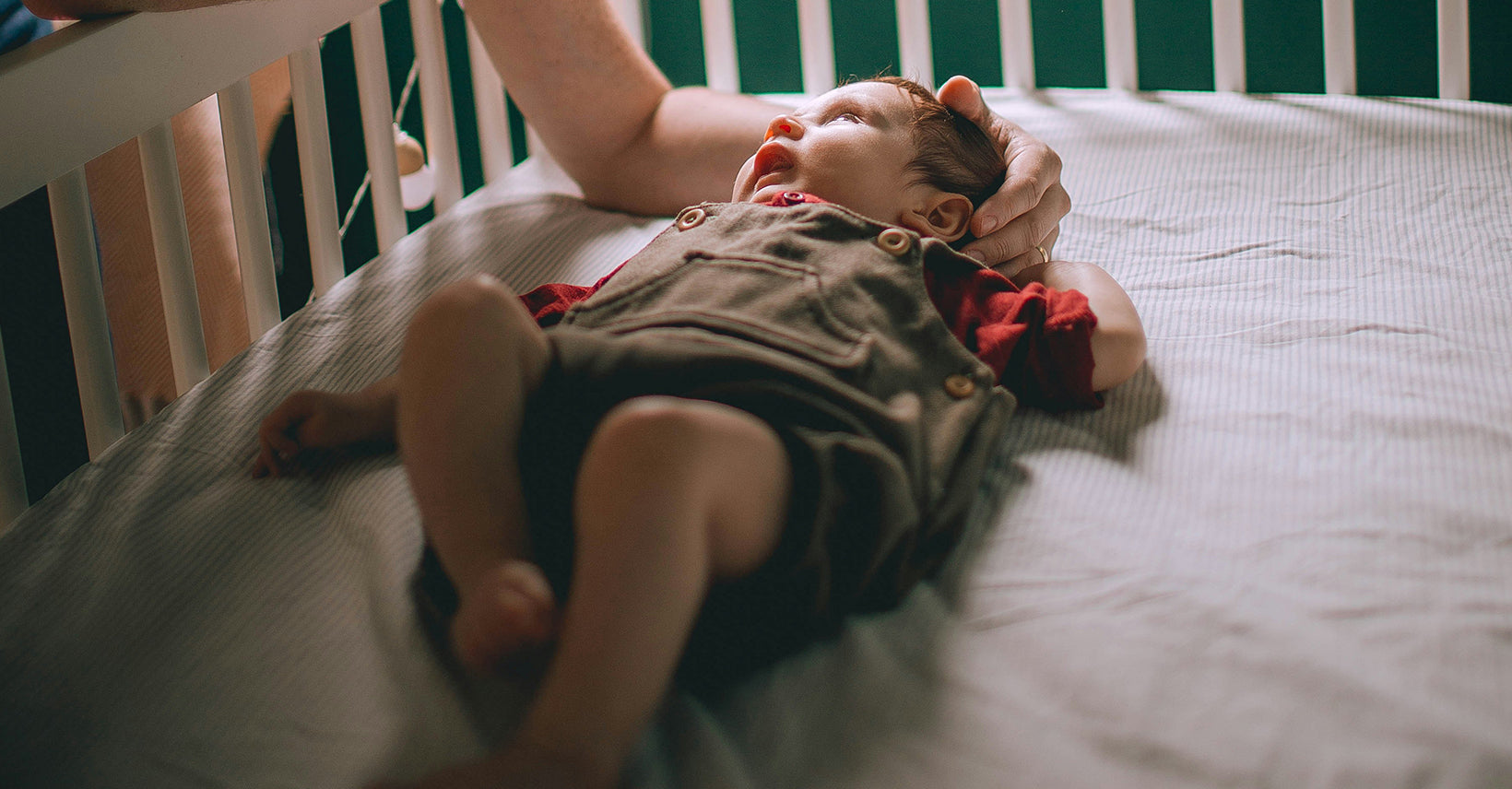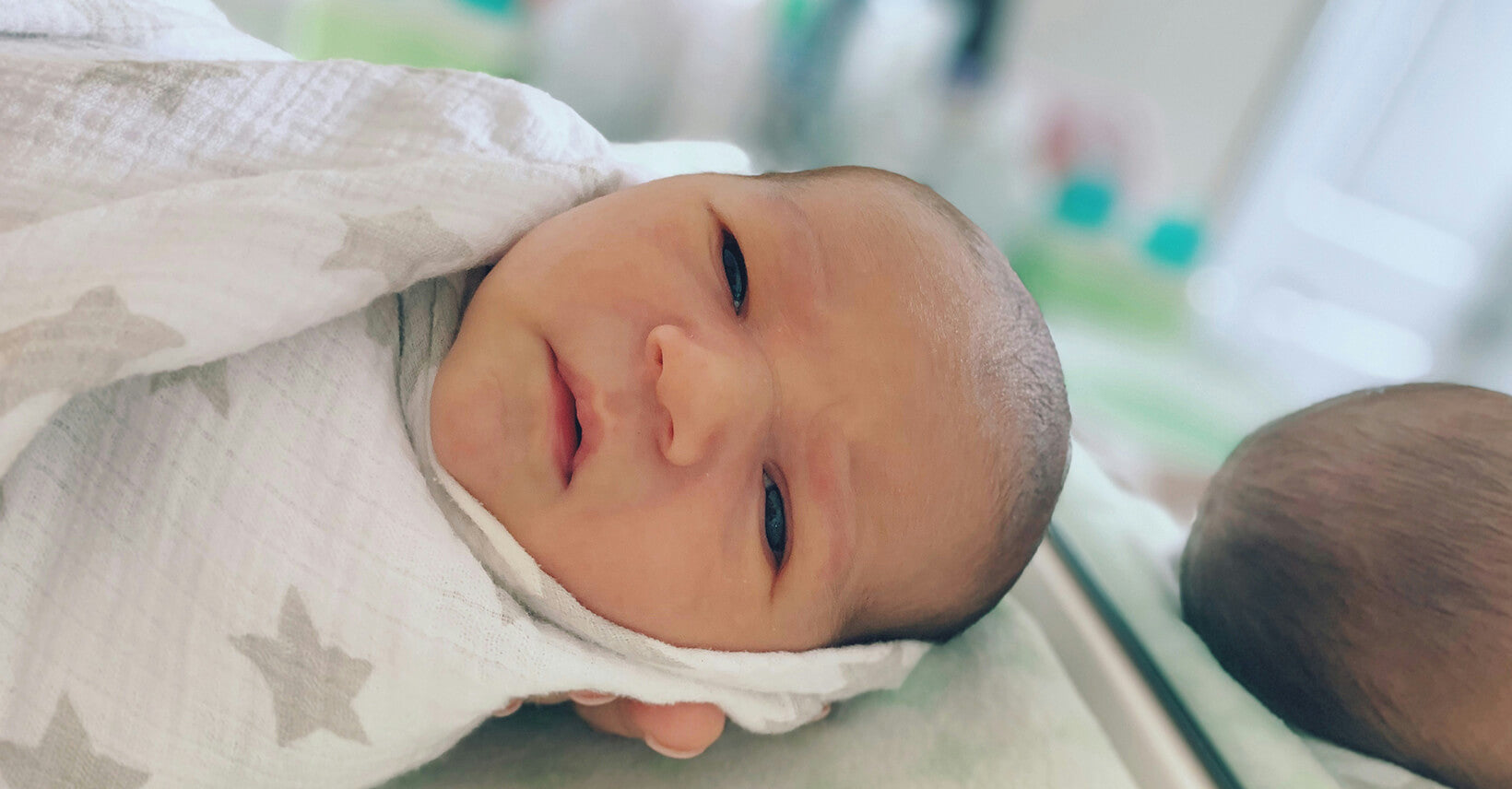
When do Babies Pull to Stand?
When you first lay eyes on your newborn baby, it's natural to unconsciously imagine their future development and milestones. As a parent, one can't help but eagerly anticipate the day when their little one learns to stand on their own - a monumental step showcasing their growth and lessening dependence.
However, as a new mother, it's understandable to have doubts around the typical timeline for babies starting to pull up and stand, as well as safety concerns. This article by Kaiya Baby aims to assuage those doubts by providing insight into how and when standing typically emerges in infants. By learning about the natural progression and steps involved, a mother can feel more at ease supporting their baby's exploration while keeping them safe. Overall, the goal is to help new parents gain a comprehensive understanding of this exciting phase of independence.
When does baby first start standing with support?
Here are the typical milestones for when babies first start standing with support.
Around 6 months of age, babies will begin pulling themselves up to stand while holding onto furniture. They are able to stand briefly by holding on with their hands but are unable to support their own weight independently.
Between 8-10 months, babies continue practicing standing with increased strength and balance. They can stand for longer periods by holding on with two hands to steady themselves against furniture, toys or a parent's hands and legs.
Between 9-11 months, babies start cruising - walking while holding furniture. They may even take a step or two while holding on. This helps strengthen their legs in preparation for independent standing.
Between 10-12 months, babies develop the ability to stand alone momentarily without support. However, they still need something nearby to steady themselves with a hand. True independent standing without support is still several months away.
Between 12-14 months, standing improves and some babies can stand independently for a few seconds before sitting back down. They enjoy standing while holding toys, pulling up to stand on the couch or standing with just one hand holding on.
So in fact, most babies will begin standing with support between 6-10 months old by holding on to furniture or a parent. Standing improves greatly over the following months but independent standing without support typically happens closer to 12-14 months.

When will baby stand on their own?
Around 12-14 months: By this age, many babies can stand alone for a few seconds before sitting back down. They still may not be fully steady on their feet.
Between 14-16 months: Most babies will be able to stand independently for longer periods of 10-30 seconds at a time. They may wobble and need to put a hand down for balance initially.
Between 16-18 months: Standing will continue to improve. Babies can typically stand unsupported for up to a minute at this stage. They may take a step or two while standing but not walk fully independently yet.
Between 18-24 months: At this point, standing is mastered. Babies have the balance and muscle strength to stand for longer periods and practice walking skills such as taking several continuous steps while standing.
2 years old: By their second birthday, independent walking is fully established for most toddlers. They have the coordination to run and climb in addition to walking confidently.
Most babies achieve independent standing somewhere between 14-18 months old, once they have had sufficient practice standing while holding onto furniture throughout their first year. Balance and confidence takes time to develop fully.
Is it safe for babies to pull to stand?
Yes, it is generally considered safe for babies to pull themselves up to stand while holding on to furniture as long as some precautions are taken.
Make sure all furniture is stable and will not tip over easily. Heavy items like dressers, bookcases, or television stands should be secured to walls to prevent tipping.
Remove anything frangible, sharp, or breakable from table/counter edges where the baby may pull themselves up.
Use a baby gate to block access to stairs, which can be dangerous for top-heavy standing babies.
Never leave the baby unattended when practicing standing. Stay close by to monitor for safety.
Use furniture fittings and attachments designed to be baby-safe, like safety straps on table edges.
Watch for signs of fatigue like crying or loss of balance and give the baby a break from standing.
Use furniture made specifically for baby, like activity centers, that distribute weight well and have a wide, stable base.
As long as proper precautions are taken, allowing babies to strengthen leg muscles through practice standing is an important part of their developmental journey towards independent walking. Just be sure the environment is free of hazards they could pull or fall onto. With parent supervision, it's generally a milestone achieved safely.

What do you do if baby falls?
Here are some tips for what to do if your baby falls while practicing standing or walking.
Stay calm. Babies can sense if parents panic and it may cause the baby extra distress.
Check for injuries. Gently examine their body for any signs of cuts, bruises or other impacts from the fall. Pay attention to their head, which is priority in falls.
Comfort your baby. Use a calm, soothing voice to reassure them while cuddling or picking them up. Calmly say things like "You're okay."
Apply basic first aid if needed. For cuts, apply gentle pressure with a clean cloth. For possible head injuries, watch for symptoms like fussiness.
Monitor for symptoms. Be aware of signs baby may not be acting normally like excessive sleeping, loss of appetite or balance issues.
Most falls are harmless for babies learning to stand and walk. Their little bodies are resilient. But it's smart to contact a pediatrician if baby seems injured or symptoms appear.
Go back to standing/walking slowly. Don't discourage practicing, but stay close by in case of another fall to minimize fear or distress.
Falls are common at this learning stage. With comfort, monitoring and allowing babies to keep exploring at their pace, most falls can be handled safely at home. Contact medical care only if worrying symptoms develop.
How can you help baby to stand without support?
Here are some helpful things parents can do to encourage and assist babies with standing independently without support.
- Hold their hands and help lift them to a standing position. Slowly release your grip as they gain balance.
- Place toys or boxes just out of reach so they are motivated to take steps to retrieve them.
- Hold their hands from behind or beside them so they use their legs, not pull on you.
- Set them up standing with furniture on both sides for stability if they are still wobbly.
- Cheer and clap when they are standing to motivate and build confidence.
- Place favourite toys, books or mirrors at their eye level to encourage looking up while standing.
- Practice standing in soft, clear areas like grass so falls are cushioned.
- Stand behind them and lightly hold their hips for balance until they steady.
- Be patient. Praise all attempts at standing even if brief before sitting down.
- Consider standing support devices or walkers that are height-adjustable as skills develop.
With encouragement and creative ways to motivate standing, babies will build confidence on their road to independent walking.
How long do babies stand before walking?
Around 12-14 months: Many babies can stand independently for a few seconds at a time at this age, but are not yet walking.
14-16 months: Standing is more stable, for 10-30 seconds at a time. Babies may take a step or two while holding furniture.
16-18 months: Standing is mastered, for up to a minute. Babies are taking occasional steps while holding on but not walking independently.
9-12 months after independent standing: During this 3 month period, babies are strengthening their legs through more standing, cruising, and stepping practice.
12-15 months after independent standing: Most babies take their first few independent steps without support or falling during this time frame.
By 18 months: Independent walking, aka taking more than 5 steps without support, is established for the majority of toddlers.
So in summary, once independent standing is achieved between 14-18 months, most babies continue practicing through cruising and supported stepping for another 3-6 months before walking independently with multiple steps between 12-18 months. Milestones vary but this is a typical progression.
Our favorites

Yujia Shi
An expert in sleep sack design, is a valued contributor to Kaiya Baby's blog. With a strong background in baby sleep bags and maternal care, she is highly regarded for her professionalism. Yujia Shi prioritizes baby comfort and safety in her designs, using high-quality materials. Her insightful articles on sleep bags have been featured in reputable publications and have gained a significant readership. Trust Yujia Shi to help you create a comfortable and safe sleep environment for your baby, backed by her proven track record in the industry.






Leave a comment
This site is protected by reCAPTCHA and the Google Privacy Policy and Terms of Service apply.